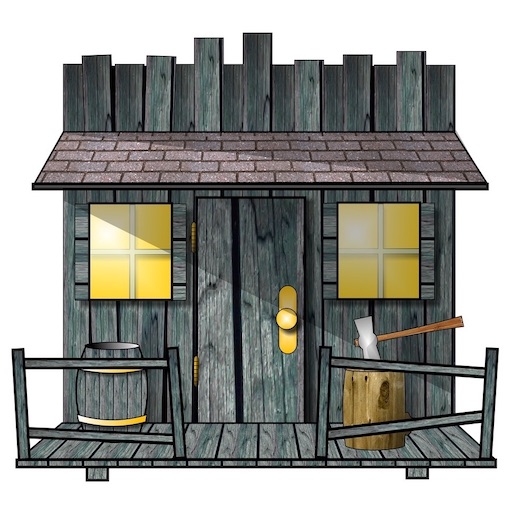There are lots of wargaming rules for World War 2. These are the ones I play: Crossfire, Megablitz, Rapier Offensive and Engle Matrix Games. One day I might write up my thoughts on the competitors, of which there are many.
Crossfire
Crossfire is a company level game. A stand is a infantry squad or a tank. A player commands a company or, in a larger game, a battalion.
There are two unique aspects of this game system:
- No rulers
- Uses an initiative system
Movement is from feature to feature and because of the initiative system you can move across the entire table in one turn.
Only one side has initiative at a time. They retain initiative until they pass, fail an action, or the enemy seizes initiative by successfully shooting/fighting a friendly stand.
These differences have led to the most exciting games I have ever played.
Megablitz
Megablitz is an operational level game by Tim Gow. Being “operational” a stand is a battalion or a Russian regiment. A player commands a Corps.
I’m attracted to operational games as it gives a sense of what it was like to be a WW2 general. I’d rather command a corps rather than a squad. In fact the scale of the game gives me the chance of commanding an entire army on table.
Rapier Offensive
Rapier Offensive is another Operational level game with a stand being a battalion.
Unlike the game systems above Rapier Offensive is played on a grid. It is also unusual that it assumes all players fight the umpire and the attackers have at least a three to one advantage in numbers. Again it allows me to have a corps or even army on table.
Engle Matrix Games
Engle Matrix Games are radically different. They aren’t table top games. The essence of Engle Matrix Games is that they allow you to do whatever you want to, so long as you can make a logical argument. The “Matrix” of the title is really just your mental picture of what the game world is – from general reading, pre-game briefing and successful arguments.
Other game systems
One day I might write up my thoughts on the competitors, e.g. IABSM, TW&T, Rapid Fire, Blitzkrieg Commander, NUTS from Two Hour Wargames, Spearhead, etc.
I should also add some of the rules I found when I did my review of What Wargaming Rules to use for the Operational Level of War?. That includes Hurrah Stalino!, Not Quite Mechanised, Rapier Offensive, KISS Rommel, Megablitz, PanzerGruppe and others.

I have played Crossfire on a number of times but although it seems a good idea it doesn’t work properly. for example last game I played was Americans vs Germans amongst bocage resulted in both sides on opposite sides of a hedge and resulted in a stalemate since the the system ruled that neither side was aware of the presence of the other unless someone fired which would have caused a draw. Moreover, from an aesthetic viewpoint it looked absurd. Now I know some smart alec is going to say that in in the battle of ****** this actually happened and may have on the odd occasion but we try to simulate what occurred most of the time,
Chris, sorry your experience of Crossfire wasn’t great. I can’t quite figure out, from your description, what went wrong.
Chris, maybe instead of a meeting engagement you could try some sort of objective the attacking player must hold before running out of time? That would break the stalemate, since unless the attacker does something, he’ll lose! Just like in real-life battles. For an example of this kind of setup, take a look at the “Crossfiregrad” scenario in this site.
In crossfire tutto si arena se non si utilizza la regola del tempo. È una regola fondamentale che cambia completamente l approccio a qualsiasi scenario.
Maurizio, I agree that a clock makes a big difference to Crossfire games. Puts the attacker under pressure to attack.
Beginner player here playing solo. Germans vs Americans but interested in wargaming the SCW. Never used a clock,maybe it is worth to try.
Manuel, Personally I think a clock mechanism is essential for a good game of Crossfire. But you don’t need it to learn the rules. Only when you are experienced. Have a look at Crossfire’s Moving Clock and Variations.